In this series, local naturalist and Zen explorer, James Inabinet, experiments with ways to consider the world from another living creature's perspective - and discovers a new way of seeing.
- by James Inabinet, PhD
Keen far-sightedness might be another. From an elevated perch, the hawk detects subtle movements in the field that betokens the presence of tiny beings, like the vibrations of a blade of grass– not rhythmic, wind-produced vibrations but the unique, irregular movements of grass blades that could only result from a moving living being.
Other gifts might be sharp, strong gripping claws that can grab a mouse or snake off the ground on the fly. These and other potentialities are brought into the world and made manifest when hawks simply go about hawking, by hawk-doing.
All hawks do not manifest these potentialities identically. Each individual hawk possesses a unique potentiality to manifest hawk gifts. One hawk may possess more patience and decide to perch longer than another – and get a meal because of it. Another hawk may be able to see better than another or have sharper or stronger claws. All hawks exhibit hawkness equally, but each according to individual potentialities.
I tried to imagine what I would see from the hawk perch. Viewing the field from that distance, I might see it more in its wholeness than a mouse does. The mouse is so close that all she sees is field parts, her nose touching everything she sees.
The distant hawk cannot see in this way; he might see the bird and not wings, claws, or beak, or the mouse and not legs, ears, or eyes, or the field itself and not goldenrods, fleabanes, or bluestems. Seeing in a hawk way, effectively removed from individual plants, I would not know them. As I sit, I can easily imagine myself soaring above the land looking down, but the imagery seems ephemeral, not so easy to produce and even harder to hold onto.
After a minute my mind begins to wander with thoughts of home. I sit with closed-eyes in silent meditation for a few minutes, thinking of nothing, and try to return to the soaring above.
As I wonder what I see, I try to feel it as much as see it. I become increasingly immersed in the process; more complex images form; the imagery becomes easier to produce and hold. As I lose the sense of myself, I begin to imagine tree tops, pines, oaks, and magnolias, as splotches of color, mostly varied hues of green, but tinged with brown, red, and yellow here and there – it’s fall after all. Panning around, I can see the snaking creek, mostly obscured by trees, but splotches of dirty white tell of sandy embankments along its edge. Sunlight catches on ripples reflecting brightly in the shape of asterisks [!]. The image is so real that I mentally blink under the intensity of the light. After a while of sitting in this way, I am abruptly pulled from the reverie of soaring by the laugh of a pileated woodpecker just out of sight off to the southwest. It took a second or so to get my bearings. I remain fascinated for a moment by the flashing images of reflected sunlight on creek ripples. I begin to consider, again, what the hawk might see, flying high above the land over the goldenrod field. Of course, he sees the whole field. Panning farther back and away, higher and higher, what does he see? He sees La Terre! ... but not in any normal way. Seeing trees from high above is an unusual way for humans to see trees. To make sense of the mishmash splotches of color, the participant must think. Seeing wholes requires imagination. The participant imagines how color splotches are related to each other, how they connect to produce a recognizable form of order: “tree-top-wholes.” To imaginatively step back further is to go beyond color splotches and consider how trees and bushes are related, how they are connected to become forest wholes, swamp wholes, meadow wholes. The preoccupation of hawk-knowing is not things but relationships. As the soaring hawk ascends higher and higher above La Terre, he sees more and more of the surrounding land. Horizons crop the view in all directions to make a mandala: the Mandala of Hawk-Knowing. As the hawk soars ever higher, this circle of seeing expands to include much of the Dedeaux community. From higher still, the mandala expands to eventually include the entire Gulf Coast, the entire southeast, and ultimately the entire globe as horizons extend in all directions. Comments are closed.
|
Categories
All
Archives
July 2024
|
Shoofly Magazine Partners
Our Shoofly Partners are local businesses and organizations who share our mission to enrich community life in Bay St. Louis, Waveland, Diamondhead and Pass Christian. These are limited in number to maximize visibility. Email us now to become a Shoofly Partner!

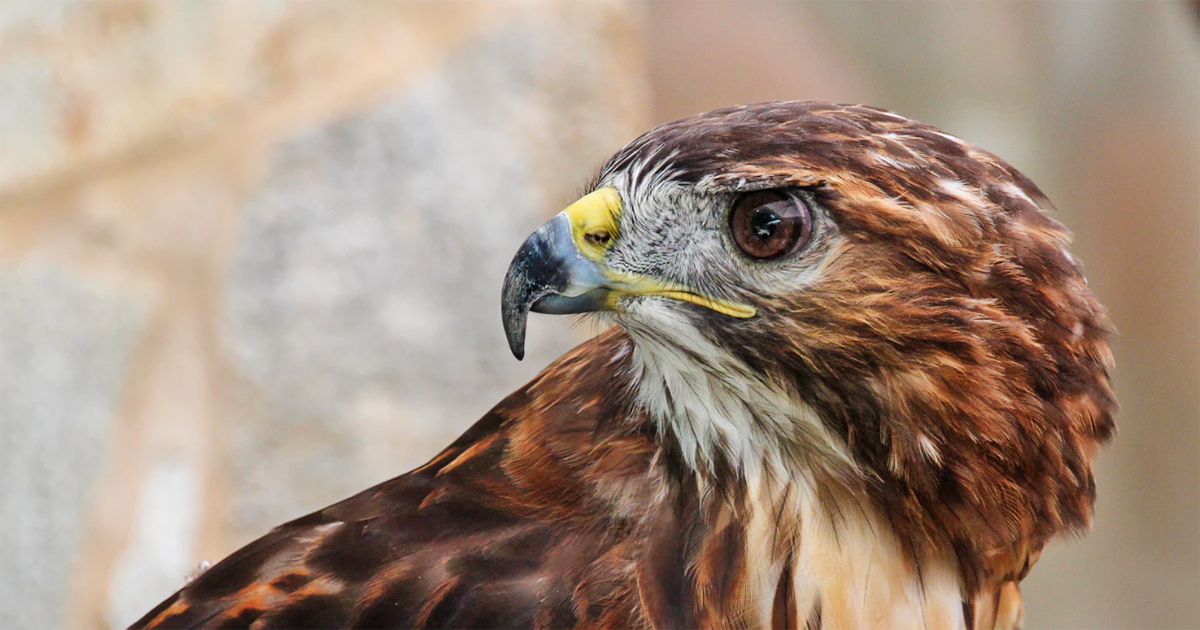
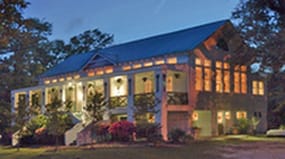
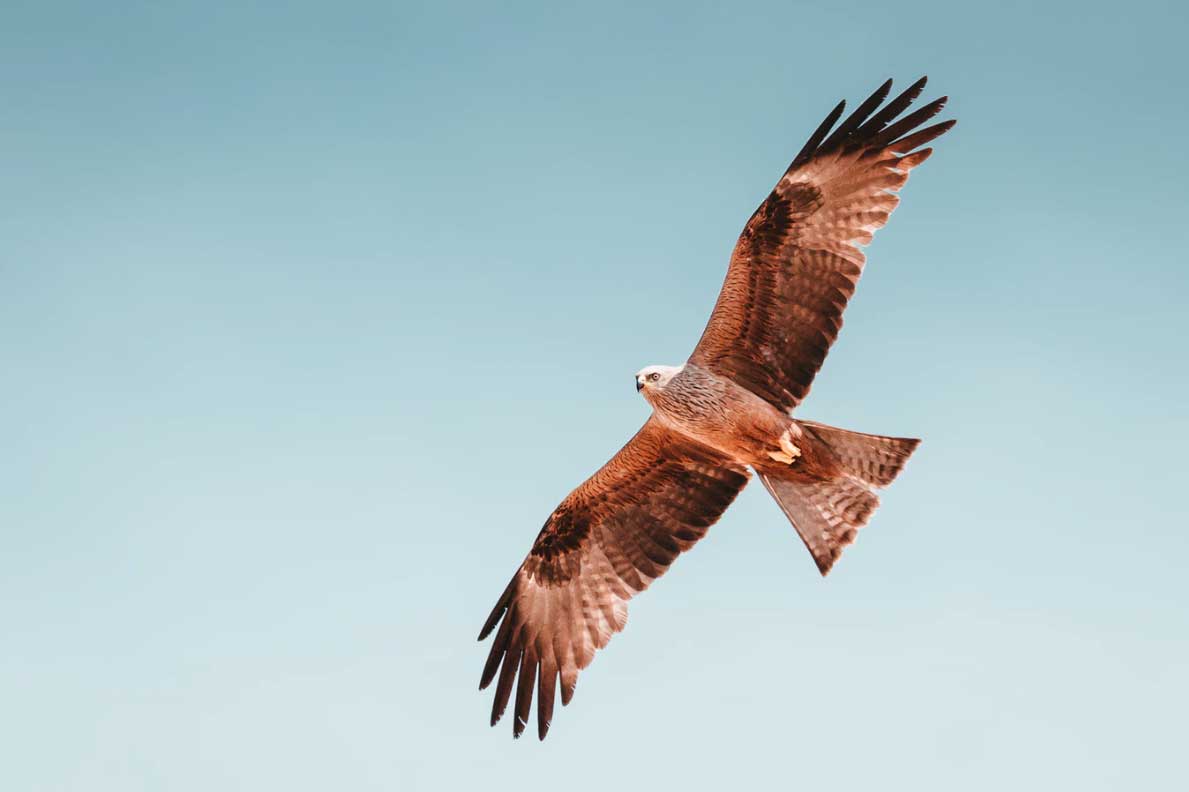
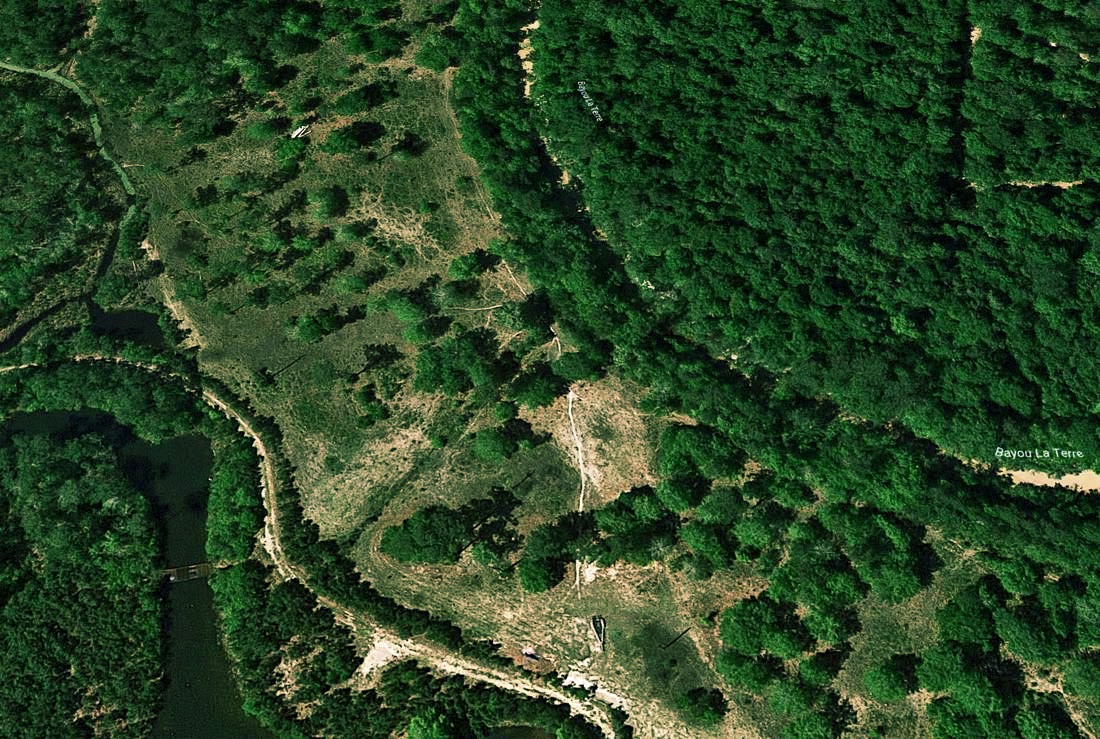
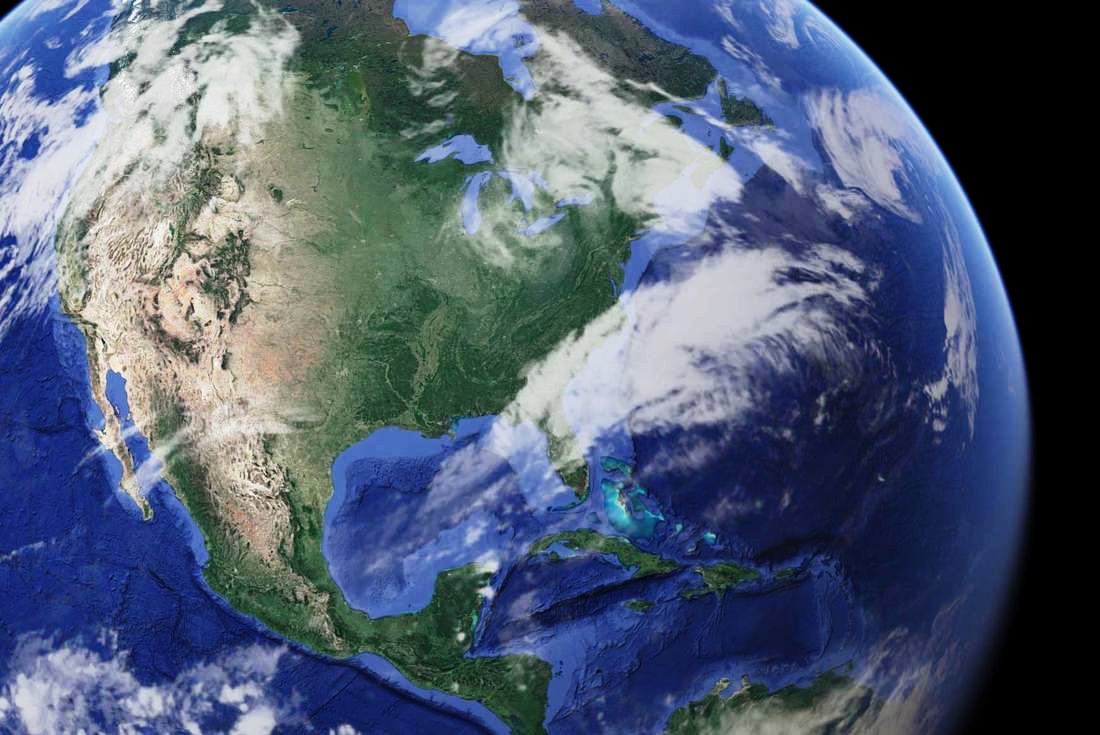

























 RSS Feed
RSS Feed























